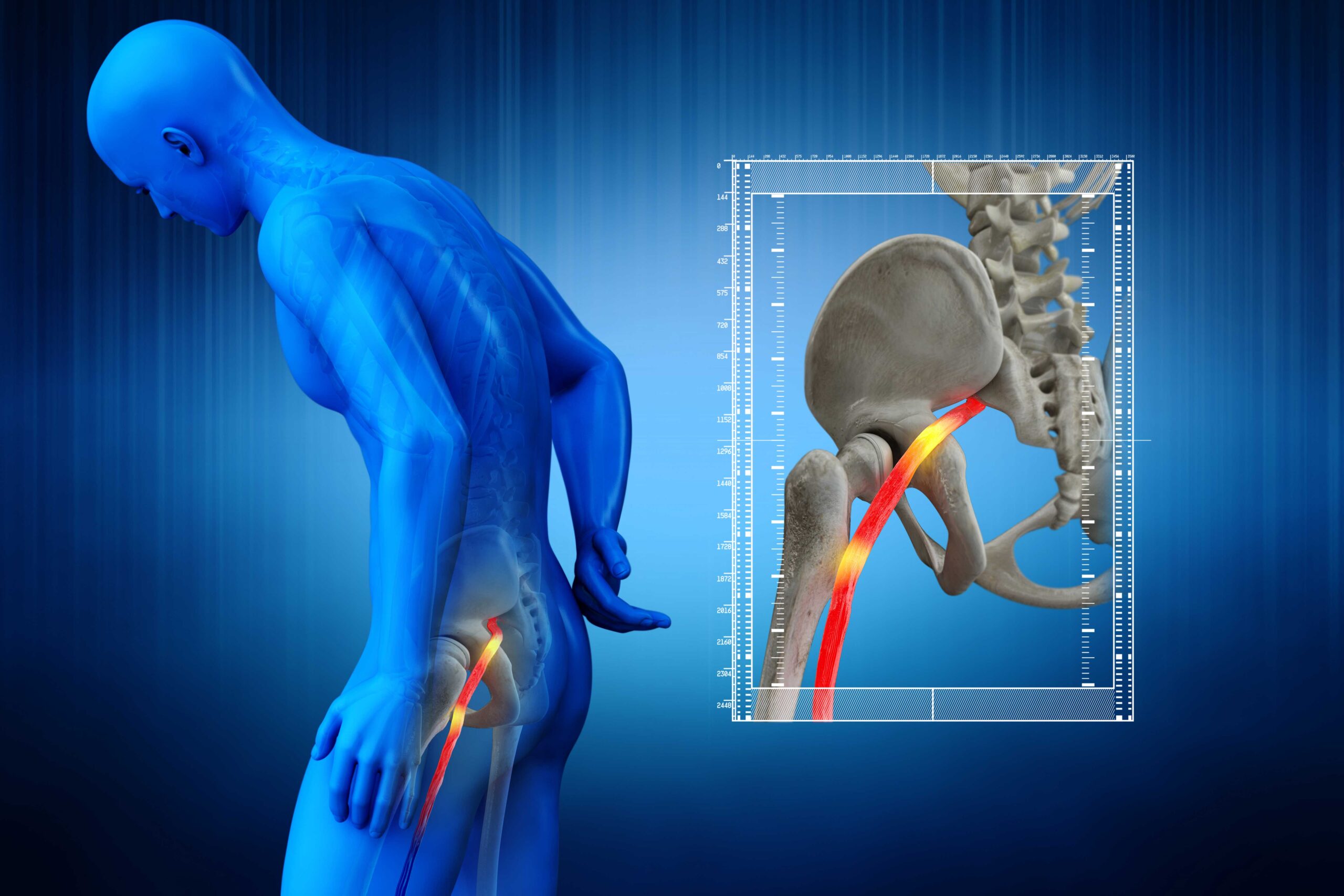
Sciatica Explained: Easing nerve pain from hips to toes—This thorough guide delves into the intricacies of sciatica, exploring its causes, symptoms, and effective management strategies. Sciatica, a debilitating condition, often arises from irritation or compression of the sciatic nerve, outcomeing in pain that radiates from the lower back down the legs. This article offers a thorough understanding of the condition, equipping you with knowledge to effectively address your sciatica symptoms and achieve lasting relief. We’ll explore various treatment options, including lifestyle adjustments, exercises, and potential medical interventions. The structure of this article includes an introduction to sciatica, a detailed breakdown of its causes and symptoms, diverse treatment approaches, and an FAQ section to address common concerns. This thorough guide will empower you with the knowledge and resources you need to navigate sciatica effectively.
Understanding Sciatica: A Deep Dive into Nerve Pain
What is Sciatica?
Sciatica is a condition characterized by pain radiating from the lower back down one or both legs. This pain arises from irritation or compression of the sciatic nerve, a large nerve that branches from the lower back and extends through the buttocks and down the legs. Understanding the anatomy of the sciatic nerve is paramount to comprehending the potential causes and mechanisms of sciatica. The nerve is susceptible to pressure and inflammation, stemming from various underlying conditions. The intensity and location of the pain can vary greatly among individuals, influencing the severity and impact on daily life.
Causes of Sciatica: Unraveling the Roots of Nerve Pain
Herniated Discs:
A herniated or slipped disc in the lumbar spine is a common culprit behind sciatica. The soft inner portion of the disc can bulge or rupture, pressing on the nearby sciatic nerve. This often outcomes in sharp, shooting pain that radiates down the leg, typically exacerbated by movement and prolonged sitting. Moreover, studies suggest a significant correlation between the severity of disc herniation and the intensity of sciatica symptoms.
Piriformis Syndrome:
The piriformis muscle, located deep within the buttocks, can sometimes compress the sciatic nerve. This condition, known as piriformis syndrome, is another potential source of sciatica. Activity that involves prolonged sitting or prolonged standing can strain the piriformis muscle, increasing the risk of nerve compression. The symptoms of piriformis syndrome often resemble those of a herniated disc, making accurate diagnosis vital.
Symptoms and Diagnosis: Recognizing the Signs of Sciatica
determineing Pain Patterns:
Sciatica is primarily characterized by pain radiating from the lower back down one or both legs. The pain can be described as sharp, burning, shooting, or aching, and is often accompanied by numbness, tingling, or weakness in the affected leg. Assessing the pain patterns, including its location and intensity, is vital for accurately diagnosing the issue. Understanding the pattern can be crucial in determining the underlying cause of sciatica.
Medical Evaluation:
A thorough medical evaluation is essential for diagnosing sciatica and ruling out other potential conditions with similar symptoms. Physicians typically conduct a physical examination to assess the scope of motion, muscle strength, and nerve function. Diagnostic imaging, such as X-rays, MRIs, or CT scans, may be necessary to determine any structural abnormalities or damage that could be contributing to the pain. A correct diagnosis is essential for selecting appropriate and effective treatments.
Treatment Options for Sciatica: A Multifaceted Approach
Lifestyle Modifications:
Adopting healthy lifestyle choices, such as maintaining a healthy weight, practicing regular exercise, and avoiding prolonged periods of sitting or standing, can significantly reduce the risk and severity of sciatica symptoms. These modifications can alleviate the pressure on the sciatic nerve. Furthermore, maintaining good posture and using ergonomic furniture can also contribute to pain management.
Physical Therapy:
Physical therapy plays a vital function in managing sciatica. A physical therapist can design a tailored exercise program to strengthen core muscles, improve flexibility, and enhance the posture, ultimately reducing the pressure on the sciatic nerve. Regular stretching and specific exercises can promote healing and prevent future episodes. Furthermore, physical therapy can address underlying muscle imbalances that might contribute to the condition.
Related Post : The Loneliness of Chronic Conditions: Finding Support in Physiotherapy
Managing Sciatica with Medical Interventions
Medications:
Over-the-counter pain relievers such as ibuprofen or naproxen can help alleviate pain and inflammation associated with sciatica. In severe cases, stronger pain medications or muscle relaxants may be prescribed by a physician. Careful consideration of medication side effects is crucial in managing sciatica effectively. Consulting a physician for appropriate medication choices and dosages is advised.
Injections:
In certain situations, corticosteroid injections directly into the affected area can help reduce inflammation around the sciatic nerve. This approach can offer temporary relief from pain and improve mobility. The efficacy of corticosteroid injections can vary among individuals and should be considered alongside other treatment options.
In conclusion, understanding sciatica involves recognizing the intricate network of nerves, exploring the various causes, and adopting effective strategies for pain relief. Addressing the underlying issues, combining targeted therapies, and embracing a holistic approach are crucial for managing sciatica effectively. Remember, seeking professional medical advice is vital for accurate diagnosis and personalized treatment plans. Consult your doctor to explore the options optimal suited for your specific condition. Don’t hesitate to schedule an appointment with your physician today.